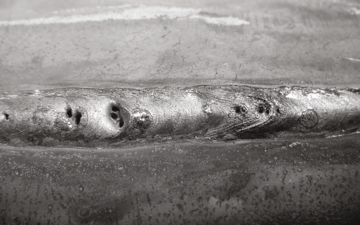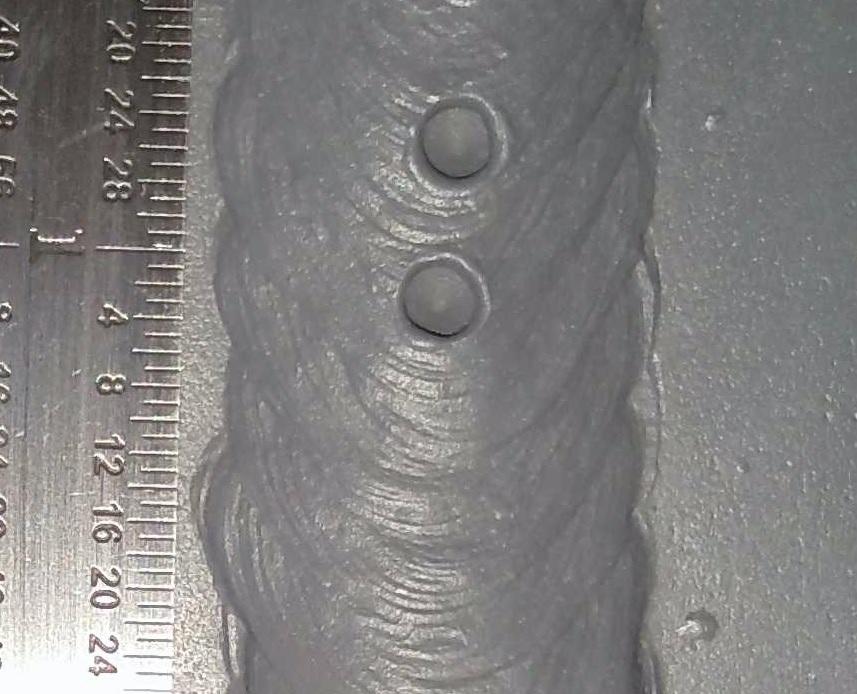What is Porosity in Welding: Secret Variables and Their Impact on Weld Quality
What is Porosity in Welding: Secret Variables and Their Impact on Weld Quality
Blog Article
Recognizing Porosity in Welding: Checking Out Causes, Results, and Prevention Techniques
As experts in the welding sector are well aware, understanding the causes, impacts, and avoidance methods connected to porosity is crucial for accomplishing robust and trusted welds. By diving right into the root causes of porosity, examining its harmful impacts on weld high quality, and discovering reliable avoidance approaches, welders can boost their knowledge and skills to produce high-quality welds regularly.
Common Reasons For Porosity
Contamination, in the type of dust, grease, or rust on the welding surface area, creates gas pockets when heated up, leading to porosity in the weld. Inappropriate shielding occurs when the protecting gas, commonly utilized in procedures like MIG and TIG welding, is unable to completely secure the liquified weld pool from reacting with the bordering air, resulting in gas entrapment and succeeding porosity. Additionally, insufficient gas insurance coverage, frequently due to wrong circulation rates or nozzle positioning, can leave parts of the weld vulnerable, enabling porosity to create.
Effects on Weld Quality
The existence of porosity in a weld can considerably jeopardize the overall high quality and integrity of the welded joint. Porosity within a weld creates voids or cavities that damage the structure, making it more susceptible to fracturing, corrosion, and mechanical failure.
Additionally, porosity can prevent the performance of non-destructive screening (NDT) methods, making it challenging to spot other issues or stoppages within the weld. This can bring about considerable safety concerns, specifically in important applications where the structural integrity of the bonded elements is paramount.

Avoidance Techniques Overview
Offered the detrimental effect of porosity on weld high quality, reliable prevention techniques are crucial to keeping the structural integrity of bonded joints. Additionally, picking the proper welding criteria, such as voltage, existing, and take a trip speed, can help decrease the threat of porosity development. By including these prevention strategies into welding practices, the occurrence of porosity can be dramatically minimized, leading to more powerful and a lot more reputable welded joints.
Significance of Correct Shielding
Proper securing in welding plays a critical duty in avoiding climatic contamination and guaranteeing the honesty of welded joints. Securing gases, such as argon, my explanation helium, or a combination of both, are typically made use of to shield the weld pool from responding with aspects in the air like oxygen and nitrogen. When these reactive aspects enter contact with the warm weld swimming pool, they can trigger porosity, resulting in weak welds with lowered mechanical residential or commercial properties.

Inadequate protecting can cause different defects like porosity, spatter, and oxidation, compromising the structural integrity of the welded joint. Adhering to proper shielding methods is necessary to produce high-grade welds with minimal defects and make sure the long life and reliability of the welded elements.
Surveillance and Control Methods
How can welders properly check and regulate the welding procedure to ensure optimum results and avoid defects like porosity? By continually keeping an eye on these variables, welders can identify inconsistencies from the ideal conditions and make prompt changes to prevent porosity development.

Additionally, applying correct training programs for welders is vital for monitoring and managing the welding process efficiently. What is Porosity. Enlightening welders on the value of click for info preserving consistent parameters, such as correct gas shielding and take a trip rate, can assist avoid porosity problems. Normal evaluations and qualifications can also make certain that welders excel in tracking and regulating welding processes
Additionally, using automated welding systems can boost surveillance and control capabilities. These systems can specifically regulate welding specifications, lowering the likelihood of human error and guaranteeing regular weld top quality. By incorporating sophisticated tracking modern technologies, training programs, and automated systems, welders can successfully monitor and regulate the welding procedure to decrease porosity flaws and attain premium welds.
Final Thought

Report this page